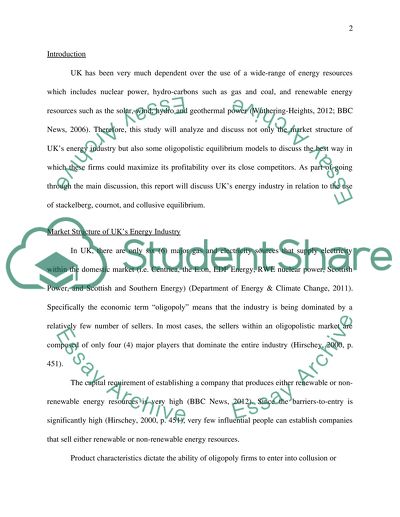Cite this document
(“Microeconomics: Future generation of electricity in the UK may come Essay”, n.d.)
Microeconomics: Future generation of electricity in the UK may come Essay. Retrieved from https://studentshare.org/macro-microeconomics/1463072-microeconomics-future-generation-of-electricity-in
Microeconomics: Future generation of electricity in the UK may come Essay. Retrieved from https://studentshare.org/macro-microeconomics/1463072-microeconomics-future-generation-of-electricity-in
(Microeconomics: Future Generation of Electricity in the UK May Come Essay)
Microeconomics: Future Generation of Electricity in the UK May Come Essay. https://studentshare.org/macro-microeconomics/1463072-microeconomics-future-generation-of-electricity-in.
Microeconomics: Future Generation of Electricity in the UK May Come Essay. https://studentshare.org/macro-microeconomics/1463072-microeconomics-future-generation-of-electricity-in.
“Microeconomics: Future Generation of Electricity in the UK May Come Essay”, n.d. https://studentshare.org/macro-microeconomics/1463072-microeconomics-future-generation-of-electricity-in.


